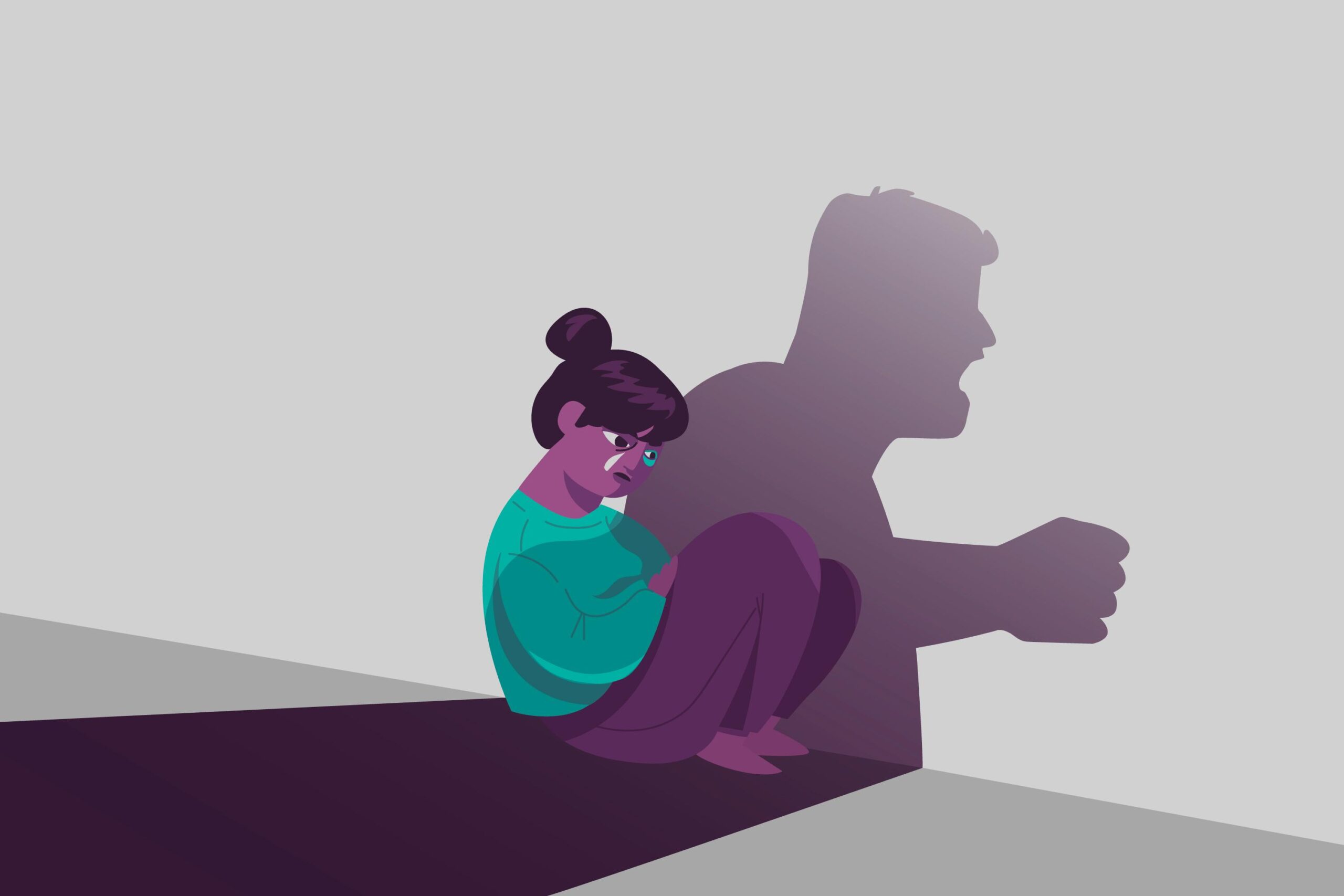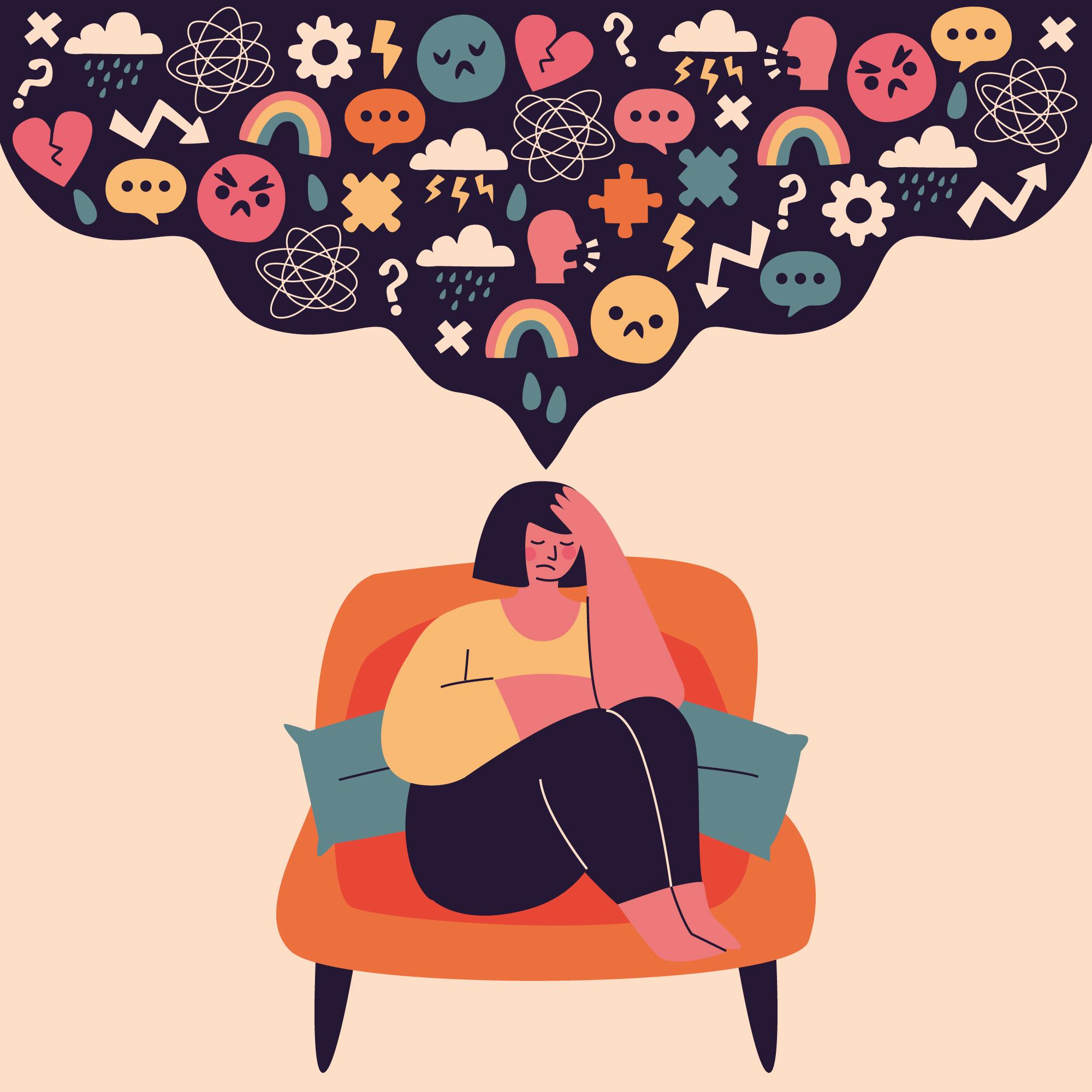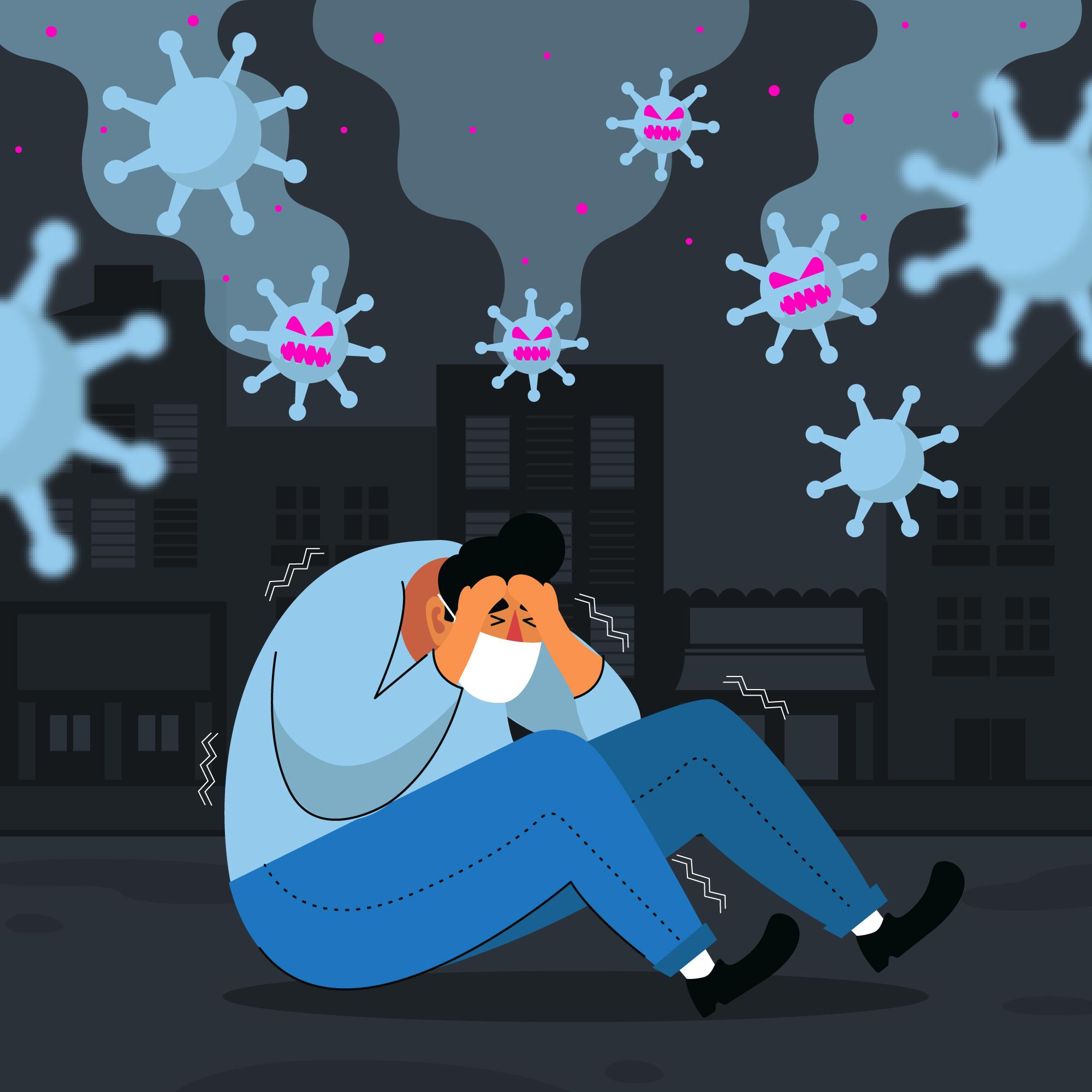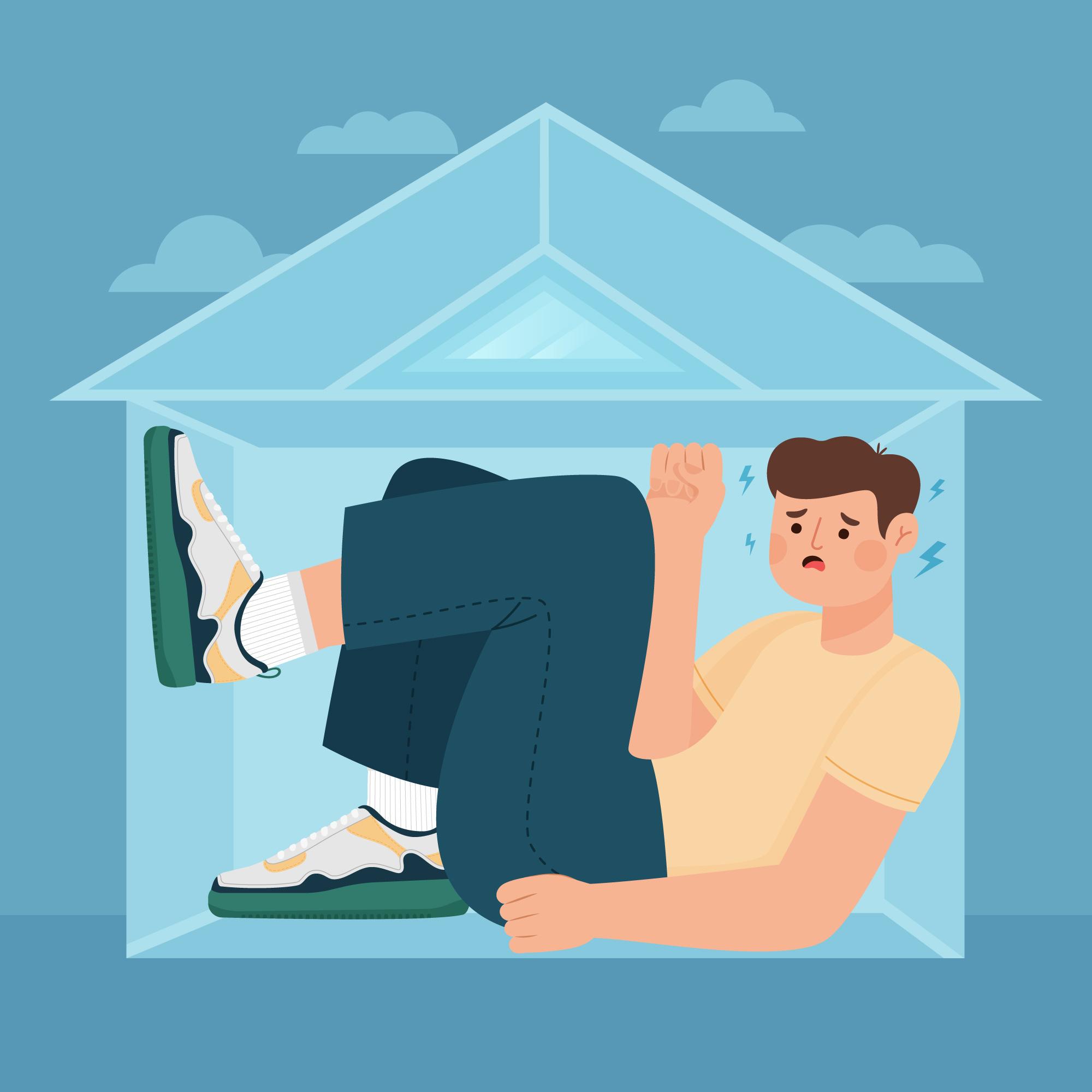Overview
Grief is a natural response to loss, encompassing a range of emotional, cognitive, and behavioural reactions. In India, the experience of grief is deeply influenced by cultural, religious, and social norms, which shape how individuals perceive and cope with loss. Understanding these cultural contexts is essential for providing effective psychological support to the Indian population.
Key Facts
- Cultural Practices: Hinduism, the predominant religion in India, views death as a transition rather than an end. Traditional mourning rituals, such as the 13-day Śraddha ceremony, are designed to honour the deceased and support the grieving process.
- Impact of COVID-19: The pandemic has disrupted traditional mourning practices due to restrictions, leading to unique expressions of grief across various sections of the population. This disruption has been particularly challenging in a socio-economically diverse country like India.
Symptoms and Patterns
Grief manifests in various ways, including:
- Emotional Responses: Sadness, anger, guilt, and anxiety.
- Cognitive Reactions: Difficulty concentrating, disbelief, and preoccupation with the deceased.
- Behavioural Changes: Social withdrawal, changes in sleep and appetite, and restlessness.
In the Indian context, the collectivist culture emphasizes community and family, which can influence the expression and management of grief.
Risk and Protective Factors
Risk Factors:
- Social Stigma: In some Indian communities, discussing death is considered taboo, which can hinder the grieving process.
- Lack of Mental Health Resources: India faces a shortage of mental health professionals, making it challenging for individuals to access grief counselling.
Protective Factors:
- Religious and Cultural Rituals: Engaging in traditional mourning practices can provide structure and support during the grieving process.
- Community Support: Strong social networks offer emotional and practical assistance to the bereaved.
Treatment and Care
Addressing grief in the Indian population requires culturally sensitive approaches:
- Grief Counselling: Therapists trained in cultural contexts can offer effective interventions by understanding the unique challenges faced by Indian individuals.
- Support Groups: Participating in group therapy provides a platform to share experiences and reduce feelings of isolation.
Psychological and Psychosocial Interventions
- Narrative Therapy: Encourages individuals to reshape their personal narratives, reducing the hold of grief.
- Mindfulness Practices: Incorporating mindfulness can aid in recognizing and managing grief effectively.
Conclusion
Grief and loss are universal experiences, but their expression and management are deeply influenced by cultural contexts. In India, traditional practices and community support play crucial roles in the grieving process. Recognizing and integrating these cultural elements into psychological care can enhance the effectiveness of interventions and support the well-being of the bereaved.











